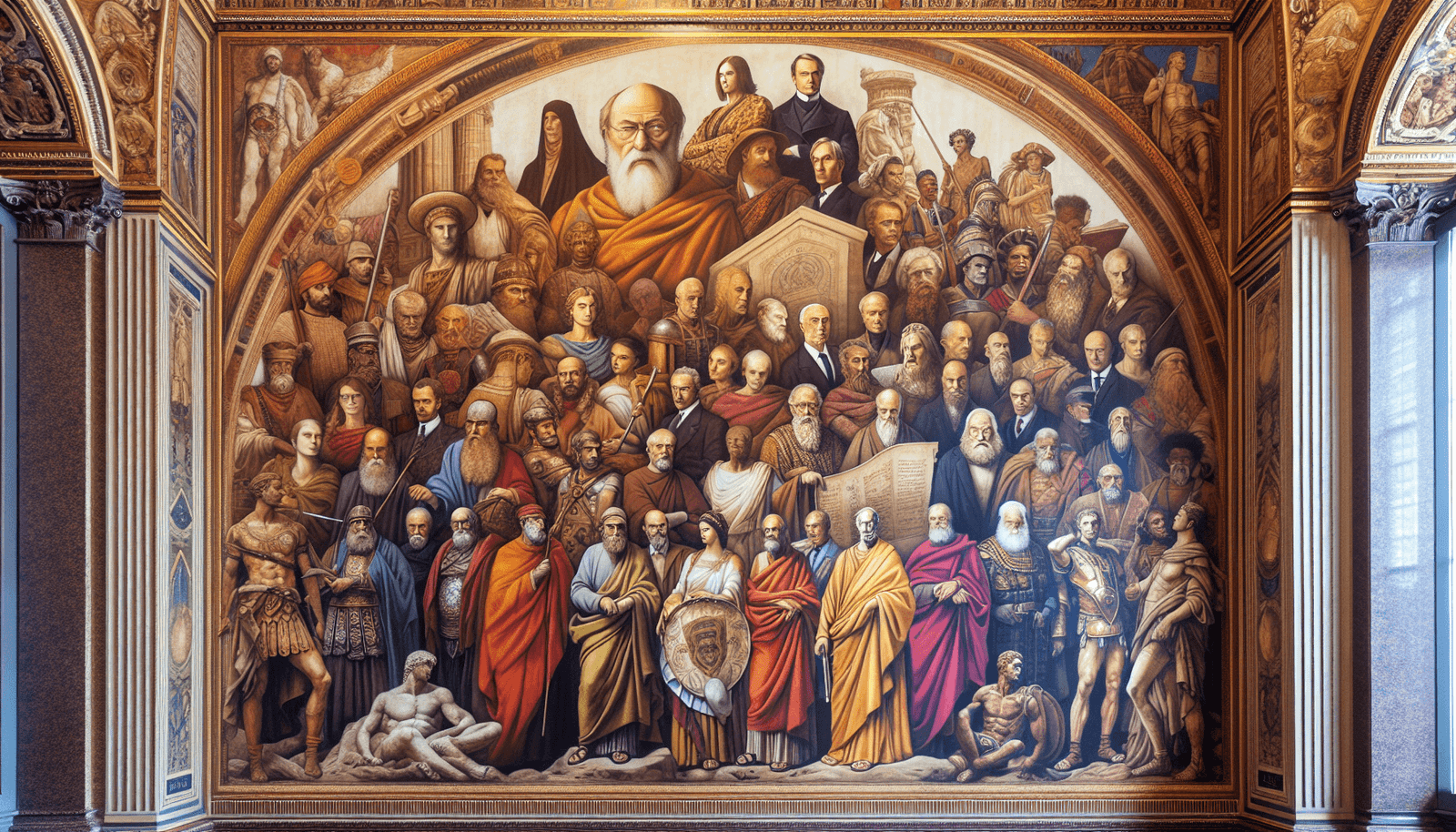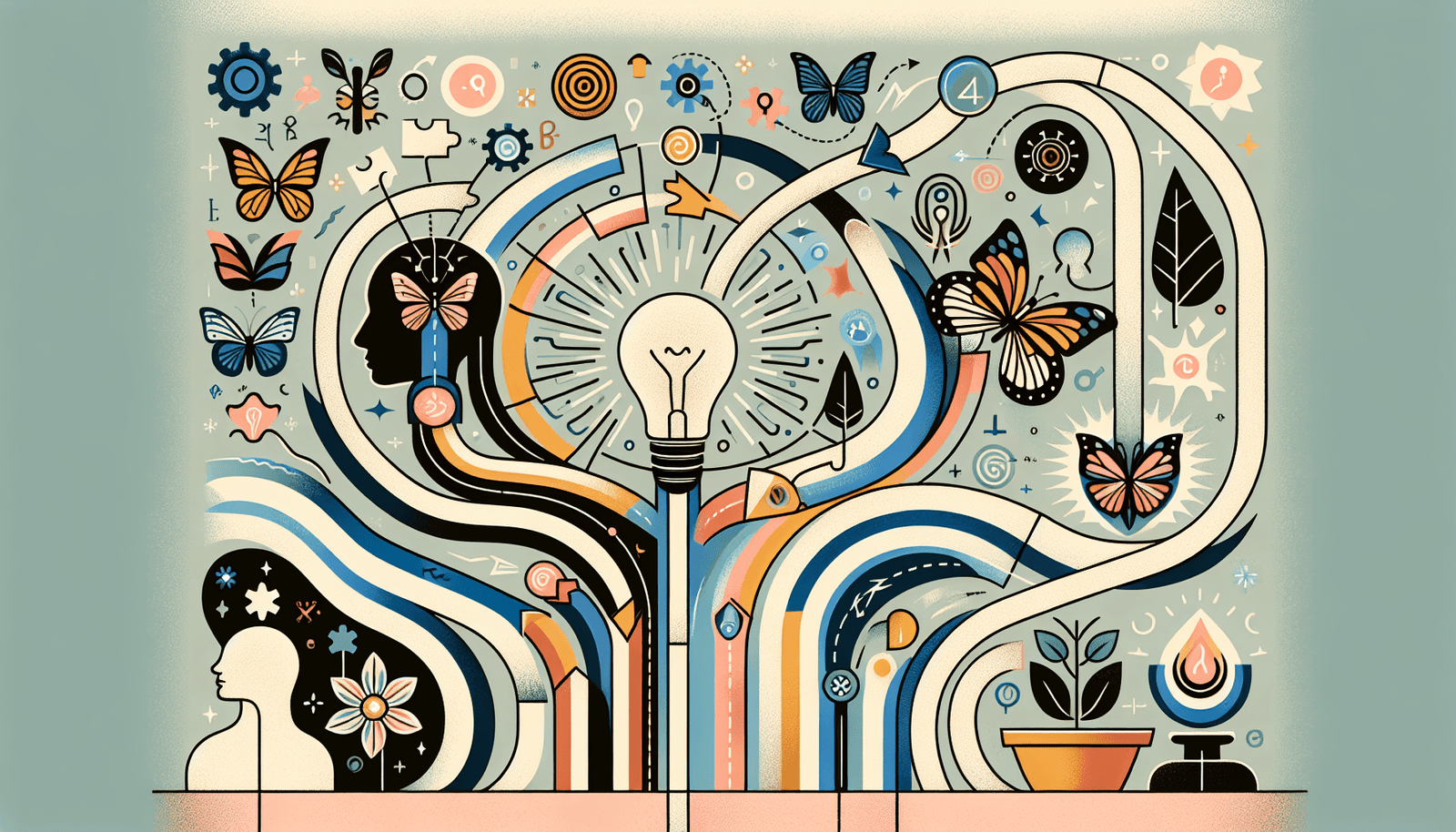When we think of historical figures, our minds often conjure images of black-and-white morality: the heroes who triumphed and the villains who fell from grace. But what if I told you that some of those we’ve labeled as the “bad guys” were merely products of their time, misunderstood, or even misrepresented? Let’s embark on a journey through history, peeling back the layers to reveal the complexities of these figures and discovering the humanity behind their infamous legacies.
The Tax Collector’s Tale: A Look at Simon Templar
Imagine living in a time when the weight of the empire was measured in taxes. Simon Templar, often branded a villain in popular tales, is a prime example. When I stumbled upon his story while watching a documentary, I was struck by the stark contrast between the legend and the truth. Templar wasn’t just a tax collector; he was an advocate for the underprivileged, using a percentage of his earnings to help those who literally couldn’t afford to pay. Yes, he collected taxes—a thankless job—but he did so to fund a cause greater than himself. In a world where everyone else turned a blind eye to the less fortunate, he became the Robin Hood he was never credited for being.
The Witch Hunt: A Closer Look at Thomas More
Next, we meet Thomas More, often celebrated as a saint yet simultaneously vilified for his persecution of heretics. It’s hard to reconcile the two, isn’t it? In a conversation with an elderly historian, I learned how More envisioned a unified society, believing he was safeguarding the very fabric of England against the chaos of dissent. His intentions were rooted in a desire for order, not malice. We can roll our eyes at his rigidity, but to judge him solely on his actions without delving into the mindset of his era is an oversimplification. More’s story serves as a cautionary tale about how the seeds of tyranny can sprout from even the noblest of intentions.
The Revolutionary: Understanding Robespierre
Maximilien Robespierre is often painted as the pragmatic villain of the French Revolution, associated with the Reign of Terror that claimed countless lives. Yet, peering through the chaos of the Guillotine, one can see a devoted reformer who dreamed of a virtuous republic. A stroll through the war-torn streets of Paris would reveal a man working tirelessly for equality, trying to uproot feudalism. His story fills me with a strange empathy. While his extreme methods are troubling, can we truly discard the vision of equality he championed? In his relentless zeal, we find the duality of his character—a mix of passion and peril.
The Conqueror: Unpacking Genghis Khan’s True Legacy
Genghis Khan—what comes to your mind? A bloodthirsty warrior laying waste to civilizations? Yet, during my reading of a historical biography, I was introduced to an entirely different narrative. Yes, he was a conqueror, but his empire promoted trade, connected cultures, and established a system of meritocracy. Khan’s legacy is often tinged with brutality, yet the vast expanse of the Silk Road that flourished under his rule tells a different tale. It’s a reminder that history is often written by the victors—those who vilify the vanquished—leaving out the broader strokes of innovation and interconnectivity.
The Innovator: Tesla vs. Edison
In the electric age, Nikola Tesla was frequently overshadowed by Thomas Edison, who is sometimes unfairly cast as the ‘bad guy’ in their rivalry. Tesla’s genius was undeniable, yet when I learned about the business tactics employed by Edison, I began to see how the narrative shifted against him in public opinion. Edison was relentless, ambitious, and yes, cutthroat. In contrast, Tesla remained an idealist, often at odds with the practical realities of capitalism. Straddling this line makes one wonder—should we view Edison as a villain purely for his aggressive business style, or acknowledge his contributions to modern technology? The negative brush strokes might obscure our understanding of their mutual impact on our world today.
The Seafarer: Blackbeard’s Misconceptions
Then there’s Blackbeard—the terror of the seas! But dive deeper, and you’ll discover a man who was more than just a rapscallion. He operated within a world of mercantilism, frustration with British rule, and rebellion against a system that oppressed the common man. During a beach bonfire gathering, a local pirate historian shared insights that shifted my perspective. Blackbeard’s use of fear was strategic, designed to deter bloodshed rather than invite chaos. As it turns out, piracy was a means of survival rather than indiscriminate villainy, prompting us to question what true piracy means in the context of colonialism.
The Politician: The Complexity of Julius Caesar
Now let us traverse to a figure even Shakespeare struggled to encapsulate: Julius Caesar. Renowned for his conquests, he is often portrayed as the archetypal dictator. An engaging discussion with a classics professor ignited my appreciation for the man behind the laurel wreath. His audacious endeavors for reform aimed to bridge societal gaps—yet history paints him in shades of tyranny. His eventual murder at the hands of his closest allies signifies how fear can morph admiration into betrayal. A myriad of conflicting narratives creates an enigma that leaves us pondering: was he a villain or simply a man who dreamed too big?
The Dramatis Personae of History: A Plea for Nuance
It’s easy to cast our judgments in the stark lines between good and evil, but as we reflect on these historical figures, we begin to understand the rich tapestry of human experience. Each story reflects struggles of humanity, woven with aspiration, confusion, and evolution. In closing, I urge you to reconsider how we narrate history. Instead of labeling our protagonists and antagonists, let’s embrace the grey areas that define our collective conscience.
Conclusion: A Demand for Empathy
So, who truly qualifies as a “bad guy” in history? Perhaps it’s those who fail to see past the proverbial black-and-white. If history teaches us anything, it’s the importance of empathy, the need to explore intent and complexity. Let us honor the nuanced stories of these misunderstood figures—those we have been taught to fear—because in doing so, we enrich our understanding of history and humanity itself. As we tread into the future, may we recall that true narrative lies not just in deeds but in the heartbeats of those who lived through tumultuous times.



